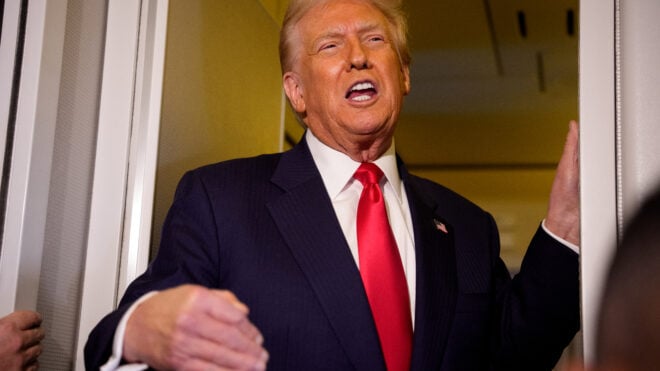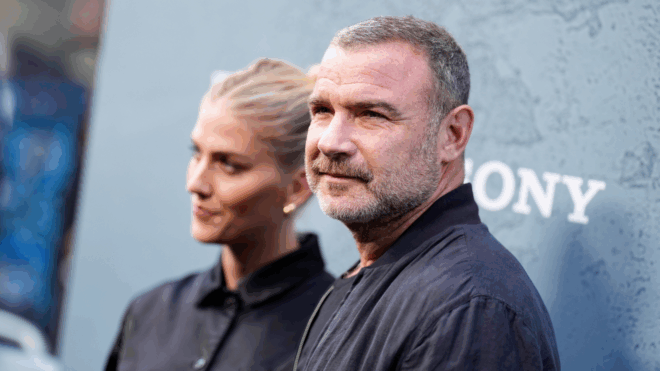Michael Reagan was living a quiet life as an artist in Edmonds, WA, creating detailed, photorealistic pencil drawings. His pencils can capture all the unique lines and shapes to create a faithful, lifelike portrait of just about anyone.
But his art all changed one day back in 2003 when he got a call. It was someone commissioning a portrait. And not just any portrait, but a memorial portrait for a Marine corpsman who died in Iraq in 2002.
Reagan himself was a Marine in the Vietnam War, and so this request touched him deeply — and forced him to face some of the painful, traumatic memories he brought back with him.
While in Vietnam, he held another dying Marine in his arms. Reagan and the other Marine were both only 19 years old.
"He just looked me in the face and said, 'Mike, I just wanna go home,'" he remembers. "And he looked up at me, closed his eyes, and died… I've seen that face for 48 years every day."
So when he was asked to create the portrait for another fallen Marine decades later, he became inspired not only to help military families with their grief, but to resolve his own as well. He created a memorial that was equal parts personal art and universal honor.
Reagan started the Fallen Heroes Project, for which he creates hand-drawn, one-of-a-kind graphite portraits of soldiers from all branches of the military who have died in service. He's even expanded to take commissions from families in other countries, including Canada, the U.K., and Poland.
He hopes these memorials will not only provide some comfort to grieving families, but will also serve as a way for everyone to recognize the sacrifice these men and women made.
[H/T: WBUR]

Michael Reagan is an artist and Marine veteran of the Vietnam War living and working in Edmonds, WA.
Beginning with a single request in 2003, he started the Fallen Heroes Project, which commemorates fallen soldiers with hand-drawn portraits.
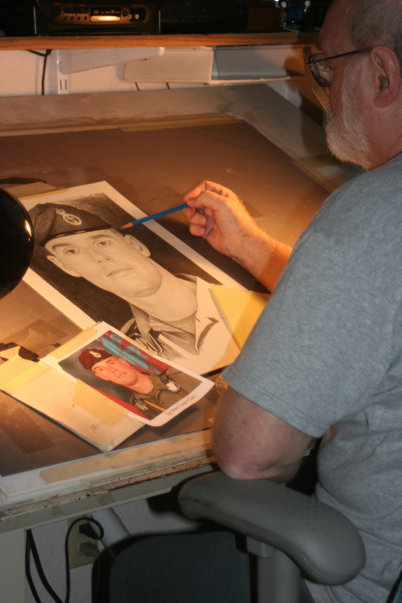
To date (and sadly), Reagan has completed more than 4,000 of portraits of men and women from all branches of the military, as well as some from the Canadian, British, and Polish militaries.
He draws about two portraits a day, and spends about 10 to 12 hours drawing.

He captures the unique faces and personalities of the military women and men whose lives were cut tragically short.
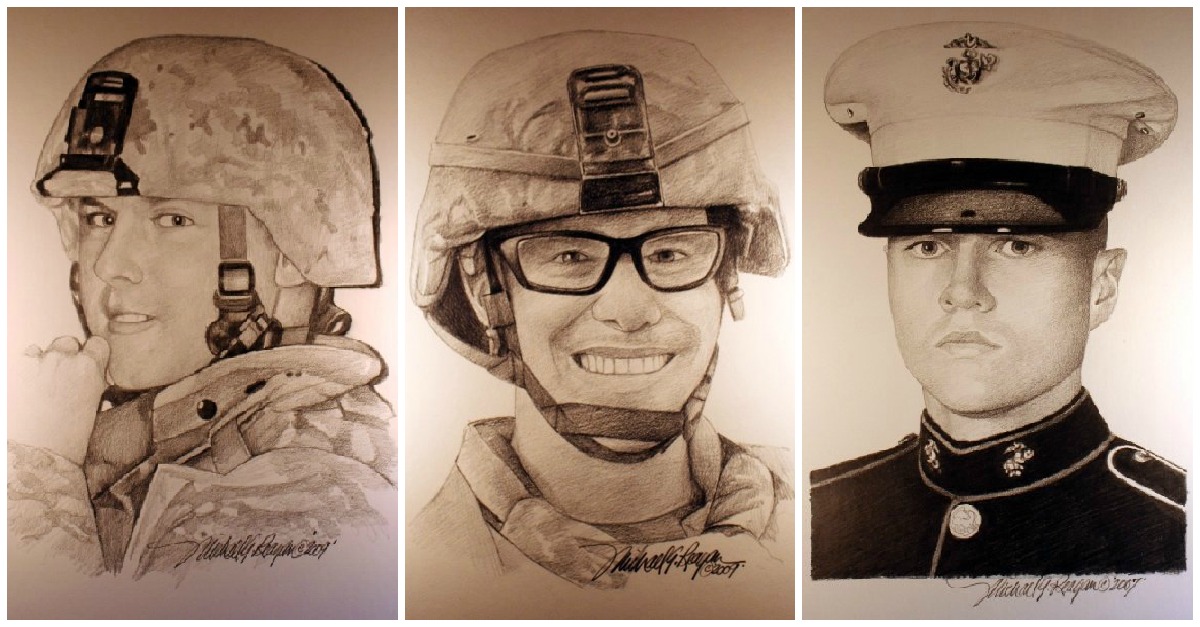
He'd originally planned for the project to last five years, but he's still going. As of September 20, he was at portrait number 4,634.
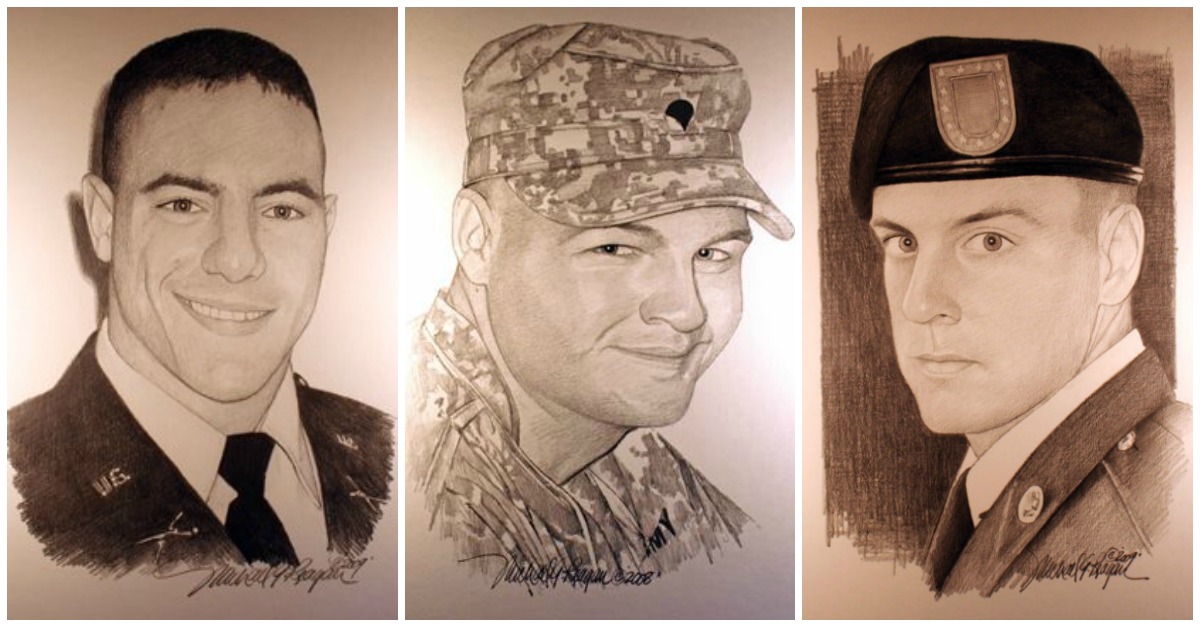
Drawing these portraits is not easy for him because it comes with the knowledge that these sons, daughters, sisters, brothers, mothers, and fathers have been taken from their families.
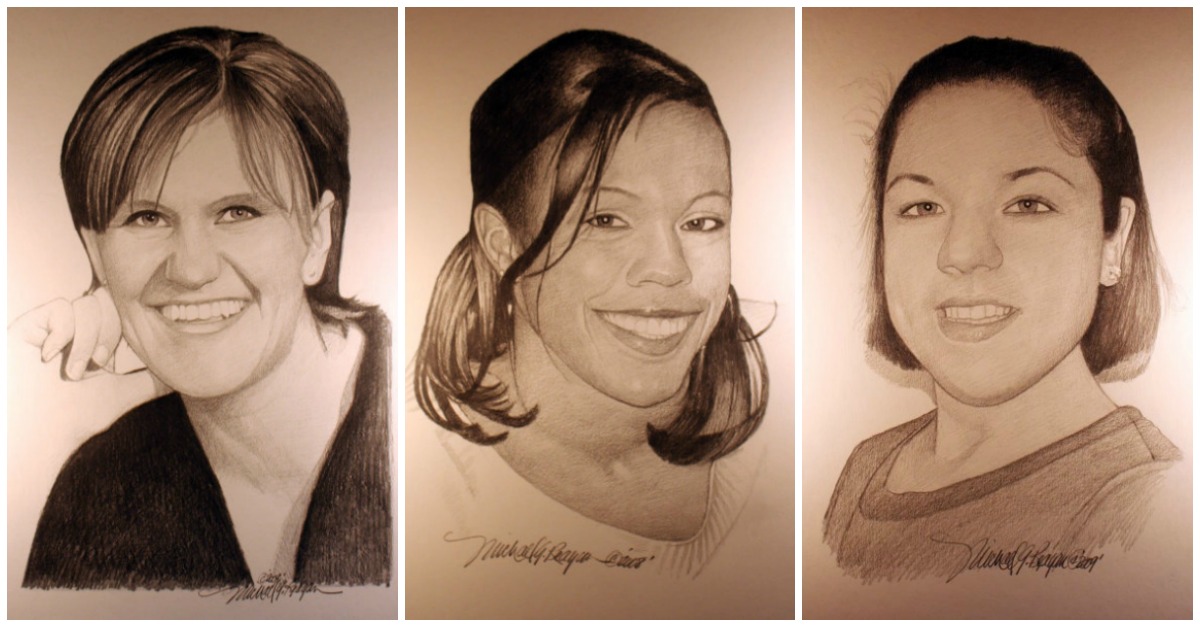
"I spend a lot of my life looking at dead people, and I’m not gonna pretend. It is hard," he says.
Reagan doesn't describe himself as religious, but does say he feels a spiritual presence when he works on a portrait.
After a day of drawing, he takes a long walk to clear his head. Sometimes, he says, he has to cry to release all that emotion.
"So on my walks what I do is transition. It allows me to say goodbye to the people I just drew.”
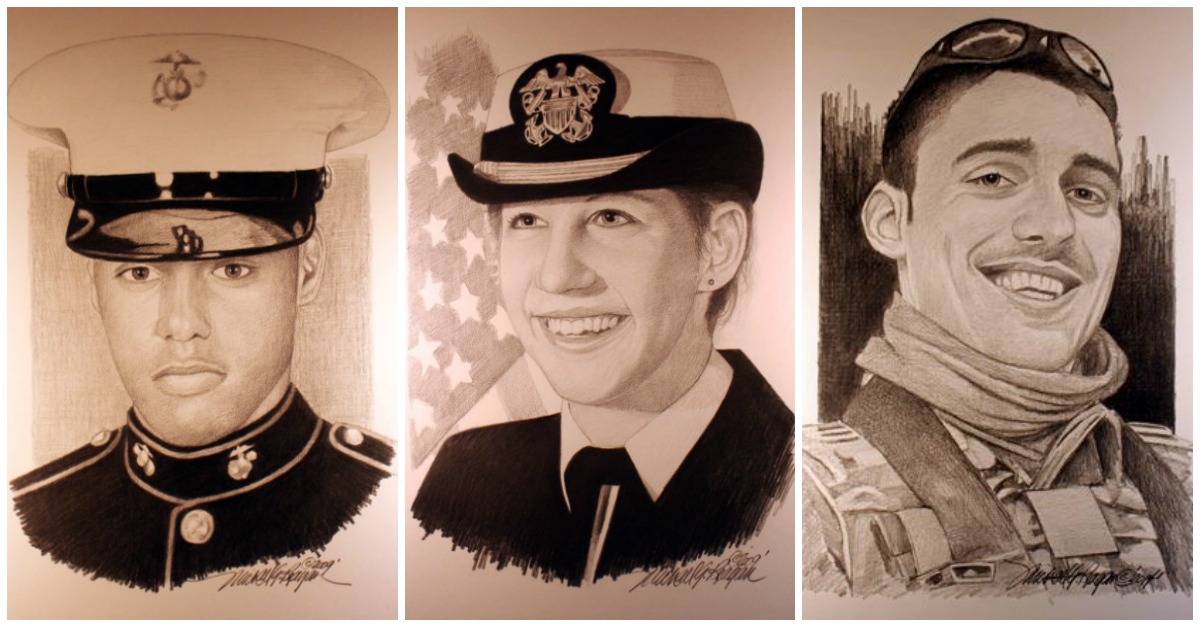
And because of his own experiences as a veteran, this project is also a way for him to process some of the things that happened to him back in 1968, when his fellow Marine died in his arms.
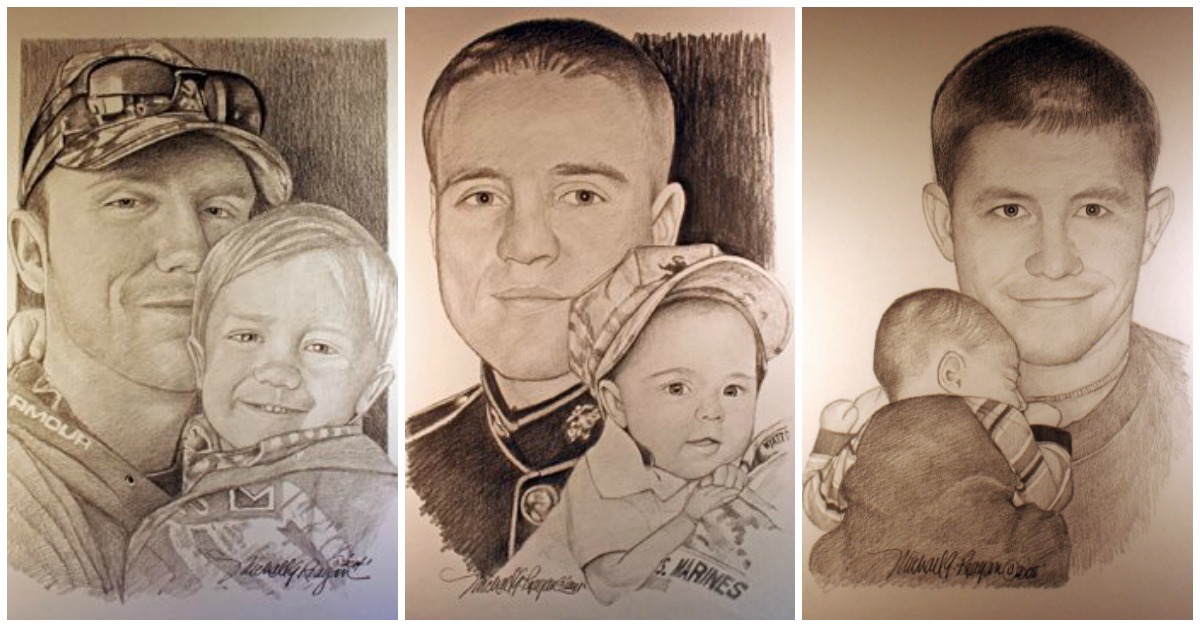
He also gets to play a role in the healing process for grieving families.
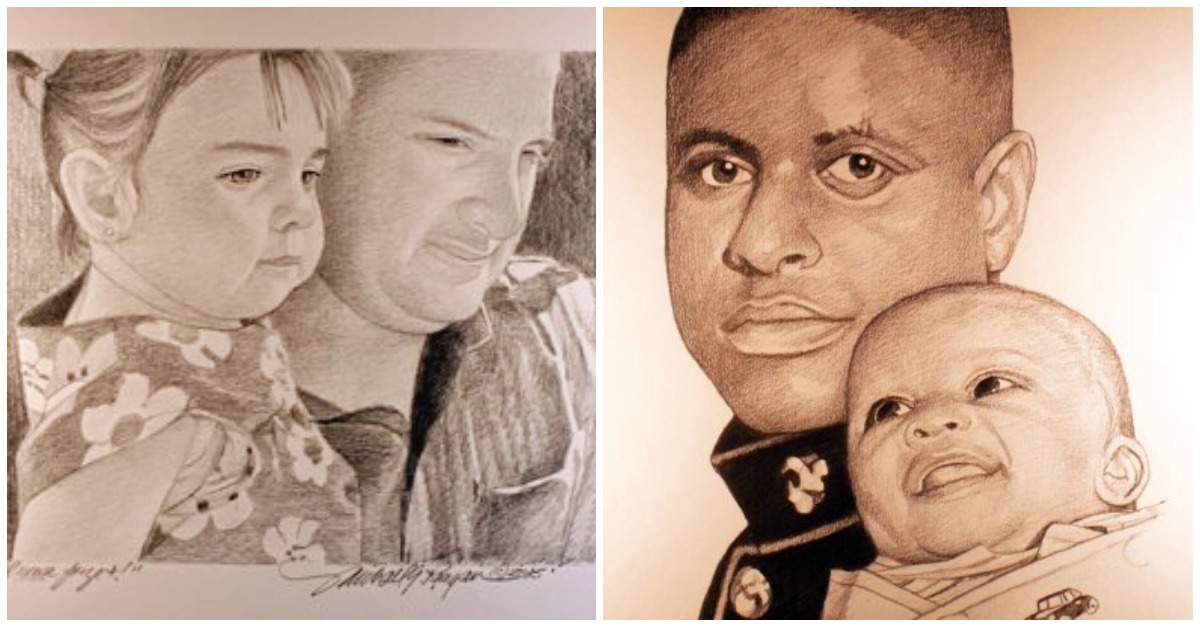
On his Facebook, you can see the heartfelt expressions of gratitude from families all over the country and the world.
They talk about the portraits feeling like having their loved one with them, and how Reagan's work has provided them with peace and comfort.
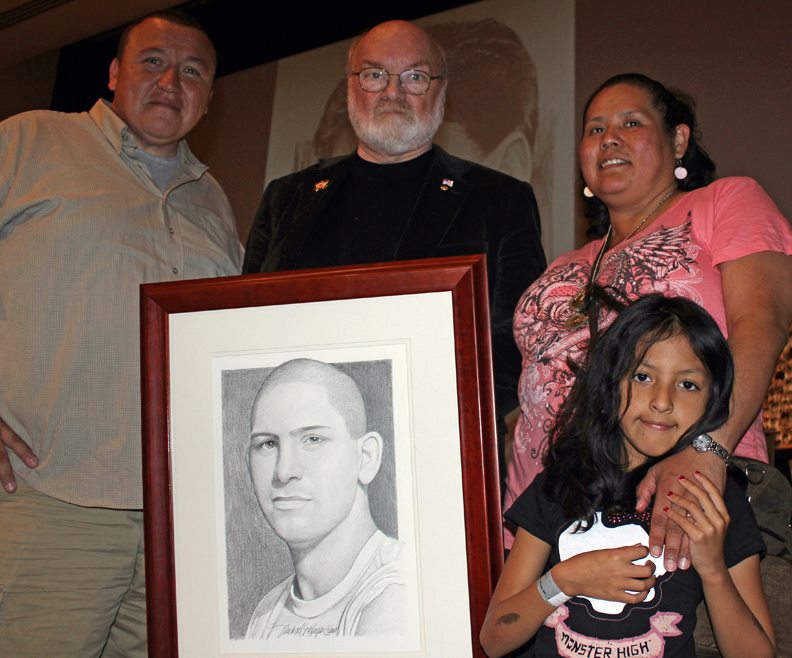
Some families even come out to meet him, like the Jacksons.
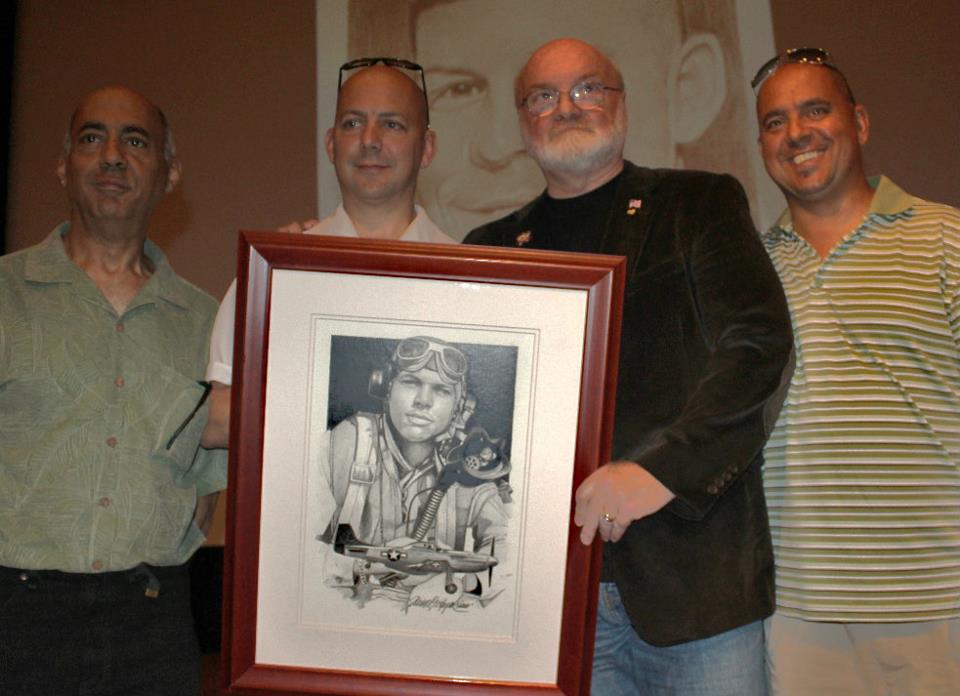
Some families also commission Reagan to memorialize an ancestor.
The Holloman family requested this portrait of Bill Holloman, a Tuskeegee Airman and WWII veteran who passed away in 2010.
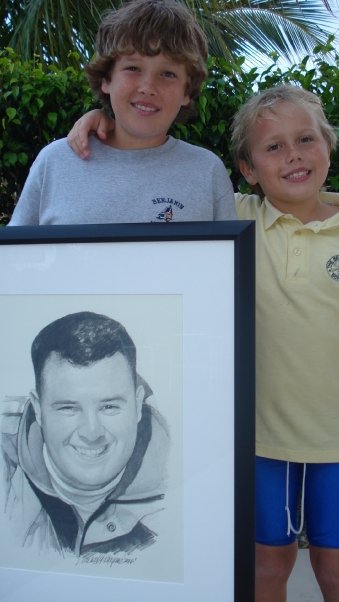
And his portraits can also serve as a connection for family members who might not otherwise remember their fallen members.
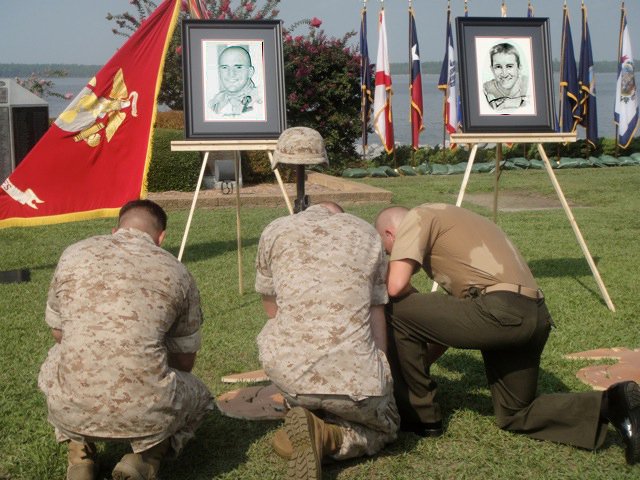
His portraits have also been featured at memorials in Arlington National Cemetery, where fallen soldiers are laid to rest with honor.
But after all these drawings, Reagan was still wondering: What about the man who died back in 1968?
In 2013, he was able to track down the man's name. It was Vincent Santaniello.
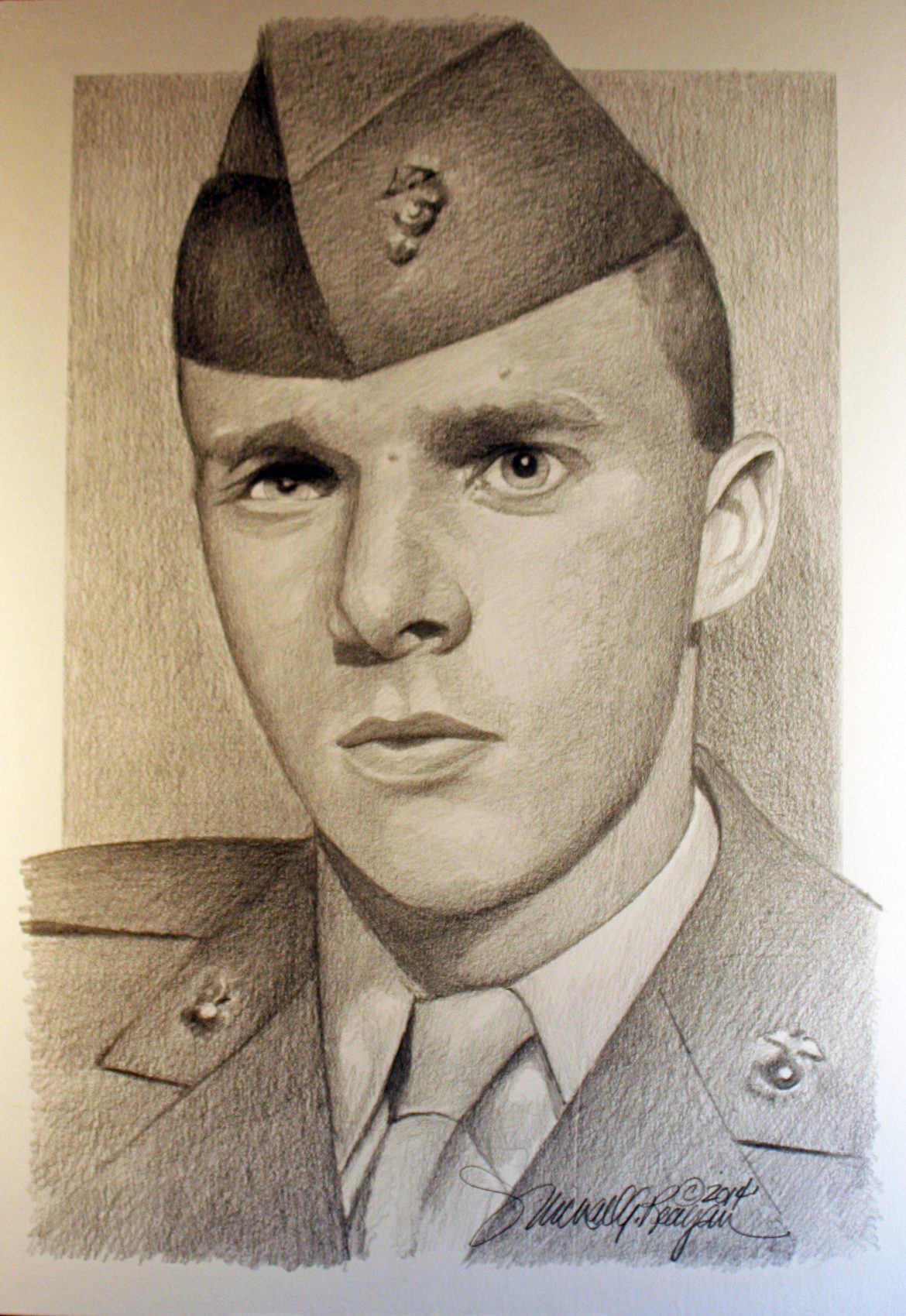
Reagan was able to track down Santaniello's nephew, Ralph Morales, who never met his uncle, but had always been curious about him.
After connecting with Reagan, Morales provided Reagan with a photo.
And Reagan, at long last, was able to create this portrait of his fallen fellow Marine, and he felt an overwhelming sense of relief.
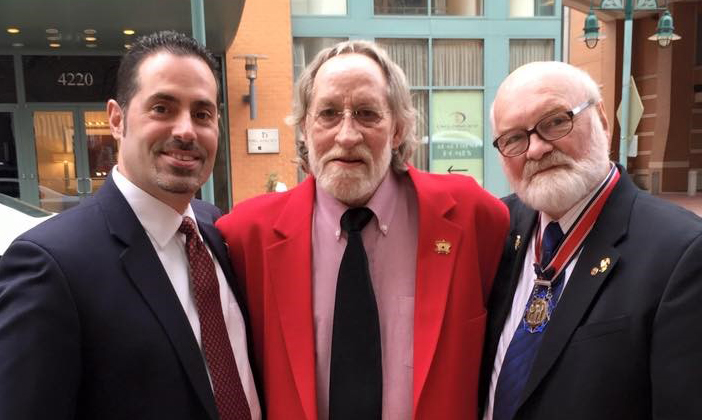
And Reagan realized that it was Santaniello's face, after all these years, that inspired him to help so many other families "take home" their lost loved ones.
Reagan gave his portrait of Santaniello to Morales, and Morales said, "For the first time, really, I felt like I met my uncle."
Morales is pictured here on the left, with Reagan on the right and Navy corpsman John Nunn, who tried valiantly to save Santaniello's life that day.
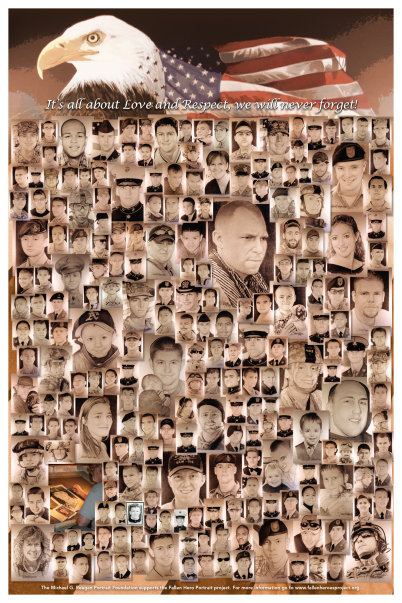
For thousands of families, Reagan's portraits have given them a lasting memory and a little peace, but it also helped him reconnect with the family of a fallen friend and make peace with his own loss.
You can see each and every one of his portraits on his website, as well as on Facebook.
If you believe every veteran deserves our respect and love, please SHARE this incredible story of healing with everyone you know!

